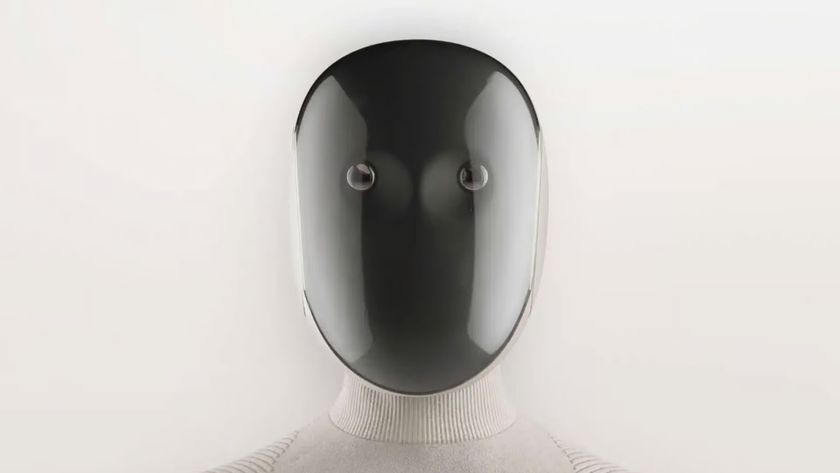Tech ads have been a staple of Super Bowl Sunday since nearly the beginning, and yesterday's game was no exception.
Out of the 63 different commercials to air during Super Bowl XLIV, more than a quarter were by technology companies or Web sites.
Many companies this year supplemented their TV spots with Super Bowel-centric features on their Web sites, on YouTube, and on social media sites such as Facebook and Twitter.
Most buzz
The tech commercial to generate the most buzz during game was Google. The search company's 30-second spot, entitled "Parisian Love," was a romantic tale of a boy who meets and falls in love with a girl while studying abroad in Paris, but it was told entirely using Google's search services.
In a rare post on Google's official blog before the spot aired, Google CEO Eric Schmidt explained that the company didn't "set out to do a Super Bowl ad, or even a TV ad for search. Our goal was simply to create a series of short online videos about our products and our users, and how they interact."
For its first Super Bowl ad, Google did not create a commercial from scratch, but rather chose to air a video that had been on YouTube for more than three months.
Sign up for the Live Science daily newsletter now
Get the world’s most fascinating discoveries delivered straight to your inbox.
"We liked this video so much, and it's had such a positive reaction on YouTube, that we decided to share it with a wider audience," Schmidt explained.
Most effective ad
According to ad agency Mullen, Google was the most effective tech brand to advertise on Super Bowl last night, ranking No. 2 on the agency's BrandBowl2010, which measures the number of times a brand is mentioned on Twitter after its ad airs.
Only Doritos garnered more Twitter mentions, but the chip-maker had four Super Bowl commercials to Google's one.
The only other tech company to make it into BrandBowl2010's Top 10 was GoDaddy, which featured female racecar driver Danica Patrick and the tagline "Too Hot for TV."
Google also ranked high with online marketing company Reprise Media. "With our scorecard, we're looking at the way that advertisers are connecting," Anthony Iaffaldano, senior director of strategy and innovation at Reprise Media, told TechNewsDaily.
"That includes the buzz generated by their TV commercial as well as their online presence. To that end, and I think to no one's surprise, Google did a really good job."
Compared to the other companies with Super Bowl ads, Tech brands were more likely to use their TV commercial to drive traffic to the Web, Iaffaldano said. Seventy-eight percent of tech advertisers included a Web site address, or URL, in their Super Bowl commercials, compared to only 67 percent of total advertisers.
Furthermore, 44 percent of tech ads included a "call to action" that gave people a specific reason to visit them online, versus only 19 percent of the total.
Boost for Boost
Other tech-ad notables included Motorola, which featured Hollywood star Megan Fox naked in a bathtub showing off one of the company's new smartphones, and HDTV maker, Vizio, whose ad included a cameo by singer Beyonce, who is seen being crammed into one of the company's televisions.
Chipmaker Intel's Super Bowl spot starred a robot that gets its feelings hurt after overhearing human colleagues in the lunchroom bragging about Intel's latest line of computer chips.
Cell phone service provider Boost Mobile's commercial featured former members of the 1985 Chicago Bears football team performing an updated version of their classic "Super Bowl Shuffle" rap song.
"Boost was the overall winner of the scorecard this year. They were really engaged with customers on social media the night of the game," Iaffaldano said.
"If someone does a search for your brand on the night of the game, clearly something about your commercial connected with them. Brands that really go the extra mile to reward that interest are the ones that end up ranking the best in our scorecard."












